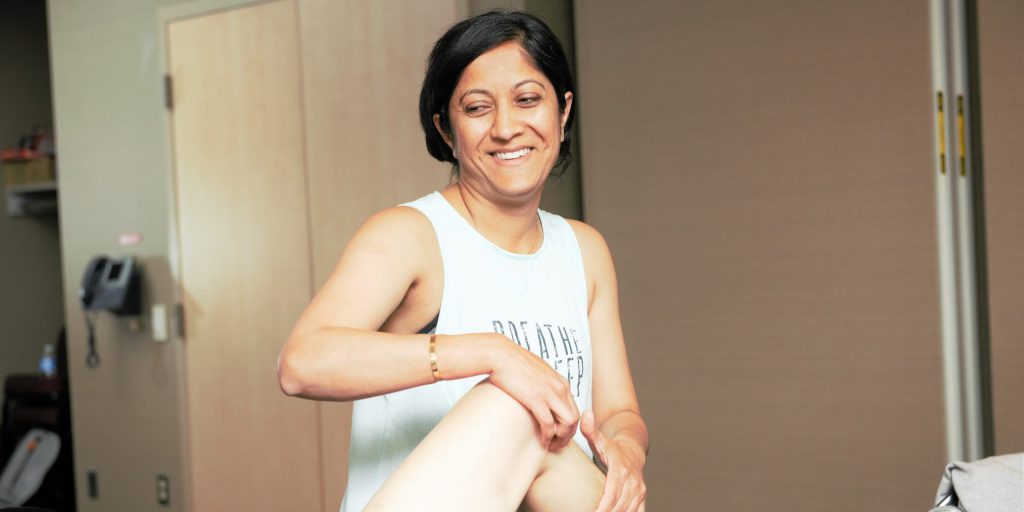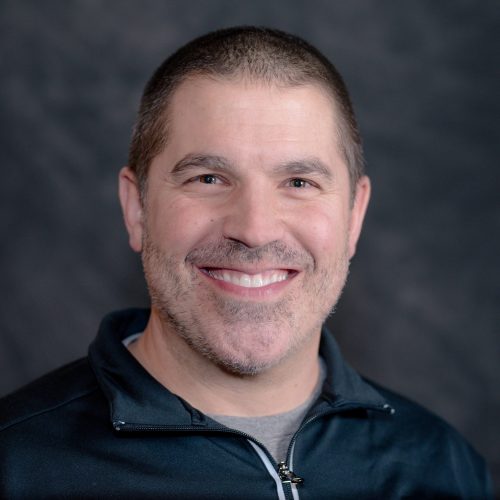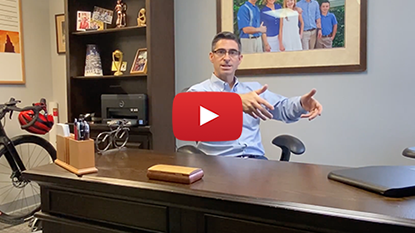Mastering What You Learn in a Course
- — Learning

A key to any continuing education course that you attend is to implement what you have learned, and to do it as soon as possible. You often leave a course excited about what you have learned and ready to use the new material you have learned…at least that is plan. There is sometimes still a little doubt when you leave a course since it is new material. Even though you learned the new techniques, practiced them, and the instructor said you were doing it correctly, it is something new and new is often a bit uncomfortable. The best remedy for your uncertainty is action and the sooner the better.
The further you get from the course, the less likely you are to use new material that you learned. Doubt starts to set in and your confidence decreases. You have always felt like someone that struggled treating the sacrum, for example, and the longer you wait after the course that identity continues to take root. Having a growth mindset flips that script. You did not know how to treat the sacrum prior to the course. But you went to a course to learn it and it is only a matter of time until you master it.
According to the Learning Pyramid, developed by the NTL Institute, there are two great ways to retain what you have learned. Practice what you have learned and to teach someone else/ use immediately. Repetition during lab is the bedrock of our courses, knowing it significantly increases mastery and confidence. However, the highest rate of retention comes from using what you have learned immediately and teaching someone else. There are two easy ways to do both of these things. First, you need to immediately start using your new techniques on your patients as soon as you return to work. Second, try demonstrating what you have learned to a colleague or student at your clinic.
Whether your main reason for going to a course was to learn specific material or to fulfill your state con ed requirements, the only way to get value from a course is to implement what you have learned. Here are 3 keys to successfully implement new material and become an even better clinician:
Do it immediately.
The longer you wait to try a new technique or treatment approach, the less likely you are to ever use it. Without repetition, you will not remember the techniques as well and you will never be more confident than right after the course. Ideally, you make it a priority to use the new techniques you learned on the very first appropriate patient you see.
You do not have to be perfect.
Are you perfect with everything you currently do to treat your patients? Everything was new at some point. You will be a lot better than you give yourself credit for and will soon master your new skills. When you perform the technique pay attention to where you struggled or became less confident. Then go back and review your material. It is also helpful to ask a colleague if you can practice with them.
Do it for your patients.
Your patients deserve the best possible care that you can provide. The best care includes you learning and implementing new treatment techniques. Most clinicians decided to go into this field to help people get better so they can have fuller lives. When your confidence wanes a bit, remember your why. Your patients deserve your best.
Lastly, if you struggle remembering something, reach out to the provider you took the course from with questions. We love hearing from our registrants and always appreciate the clarity our passionate instructors bring with their replies.
Share this article:


